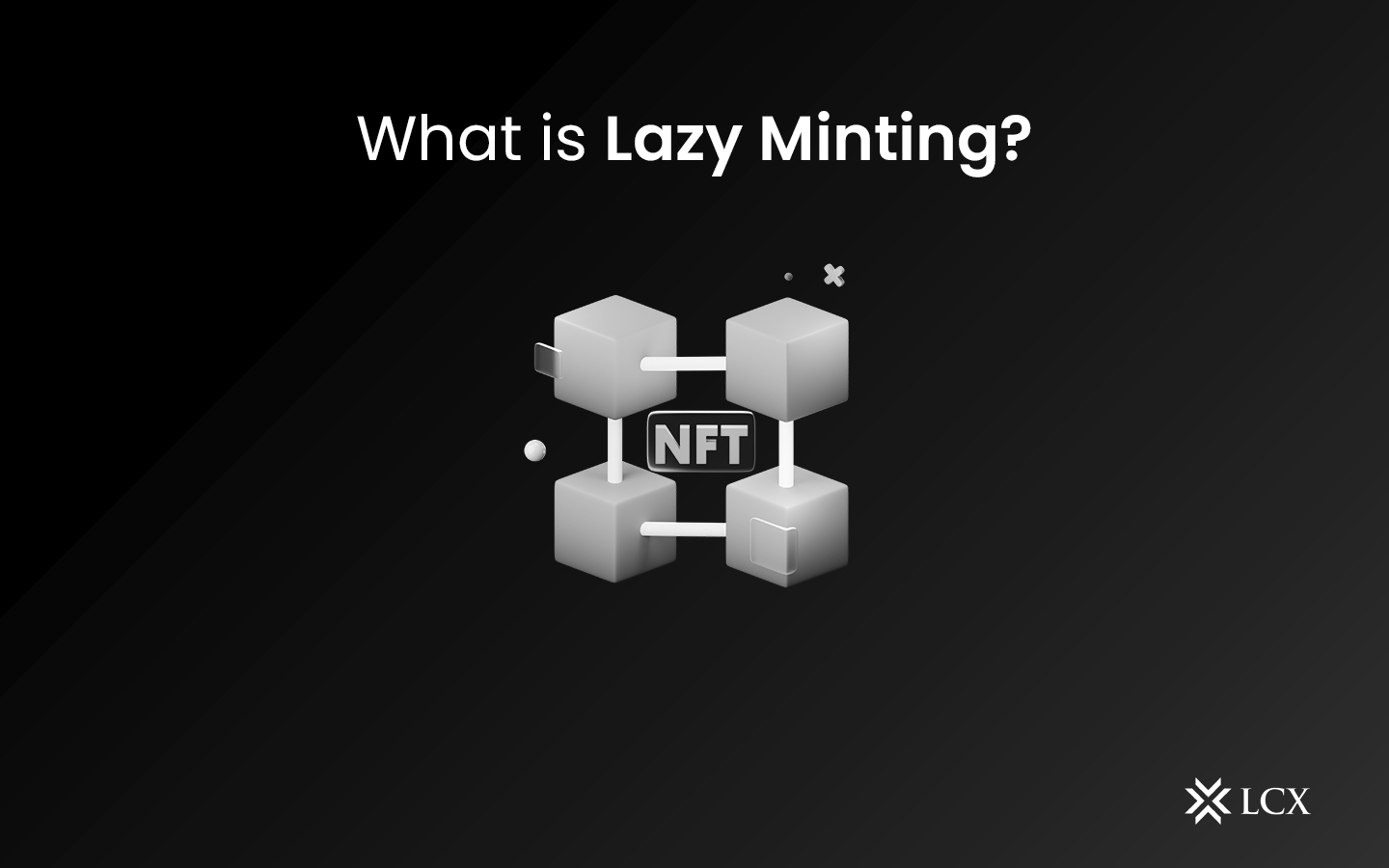Non-fungible tokens, or NFTs, are unquestionably the most well known areas of the blockchain industry. NFTs have grown in popularity over the last few years, and they can represent everything from physical to virtual assets. These NFTs enable artists all over the world to get their work out there and gain financial support like never before. However, due to the issues with congested blockchain networks, the gas fees for minting NFTs have become uncertain and high, resulting in market entry barriers. As a result, the concept of “lazy minting” was introduced to address this issue. As a result, artists can list NFTs excluding the part where you have to pay any gas fees. What makes this possible? So, in this article, we’ll look at what it is and how to lazy mint NFTs.
It can be difficult to lazy mint NFTs without the proper tools; nevertheless, there are a number of Web3 operating systems that can be used. Not only does these web3 operating systems make it easier to mint NFTs, but the platform can also be used for a variety of other blockchain projects.
Lazy Minting was launched near the end of 2020 and was quickly adopted by top-tier marketplaces such as NFT, OpenSea, and Rarible. Minting means “just in time,” and Lazy Minting refers to minting at the point of purchase. This concept quickly gained popularity among the creators because it enabled them to sell their NFTs without the need for an initial investment in gas fees.
In this Lazy Minting concept, a creator or artist can mint their artwork for FREE!
This does not absolve you of the obligation to pay the gas surcharges. You will pay the gas fees once your artwork is purchased, and the fees will be deducted from that amount. The risk factor was reduced to zero as a result of this concept. Artists and creators can now freely mint their artwork or resell their NFTs without fear of loss.
What is Lazy Minting?
When gas prices are high, minting NFTs with Ethereum can be expensive. As a result, creators must spend increasing amounts of money just to get their work out there as NFTs. Sometimes an item will sell, but you will lose money due to the gas fees required to mint your NFT.
Introducing ‘Lazy Minting.’ Simple terms, lazy minting takes place when an NFT is available “off-chain,” or outside of the blockchain, and is minted only when the NFT is sold. This means that the artist does not have to pay any upfront gas costs in order to mint their NFT. Gas fees are only paid after the NFT has been purchased and transferred ‘on-chain,’ or on the blockchain. Another way to look at lazy minting is as a way to postpone paying gas fees until the NFT is sold.
Why Choose Lazy Minting?
Minting tokens can be expensive, many artists choose to mint their NFTs through lazy minting. Depending on the market price of Ethereum and how high the gas fees are, lazy minting offers an alternative and a reason to queue up out a period of high gas fees until they fall.
Difference between Minting and Lazy Minting
| Minting | Lazy Minting |
| Require a smart contract such as Rarible or OpenSea | Require a smarter contract such as Rarible |
| You pay the gas fees before minting | Initially, you don’t have to pay the gas fees. |
| After this someone can buy your NFT | Whenever anyone purchases, your fee is deducted from the purchase price. |
Conclusion
Lazy minting is an impactful technique that allows creators to create new NFTs at no cost. But use it precisely. Have fun building something creative in the NFT space and do bookmark LCX Insights for more such updates.









